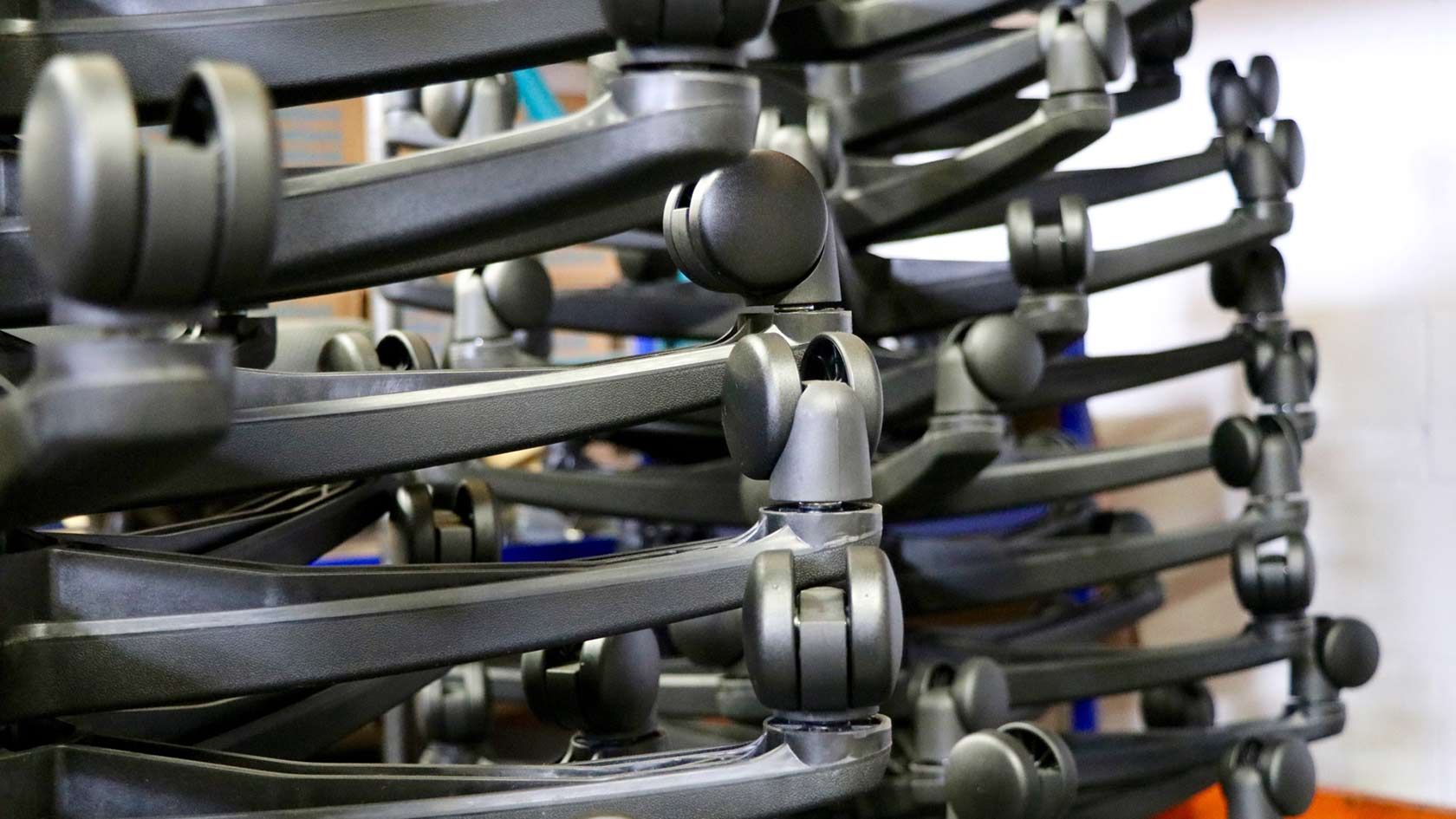
Frequently Asked Questions
Airopedic™: Frequently Asked Questions
What is ergonomics?
The engineering science concerned with the physical and psychological relationship between machines and the people who use them. It is the study of designing equipment and devices that fit the human body and its cognitive abilities.
Ergonomics or human factors engineering, is a profession of designing machines, tools, and work environments to best accommodate human performance and behavior. It aims to improve the practicality, efficiency, and safety of a person working with a single machine or device (e.g., using a telephone, driving a car, or operating a computer terminal). Taking the user into consideration has probably always been a part of tool design; for example, the scythe, one of the oldest and most efficient human implements, shows a remarkable degree of ergonomic engineering. Examples of common devices that are poorly designed ergonomically include the snow shovel and the computer or typewriter keyboard.
What is an ergonomic chair?
As the ergonomic science is the study of the relationships between humans and their functional environment, the ergonomic chair is aiming to provide the optimal work environment that will allow maximum appropriate fitting to the user. By improving posture, an ergonomic chair is enabling the worker to prolong sitting hours while making the workplace a safer and healthier place, and consequently, increasing productivity. Ergonomic chairs are designed to suit a range of people; but the adjustment options are allowing a better fit for the individual user.
Why is it so Important to find the right chair?
In today's' lifestyle, at home, school, at the workplace, or even during transport, many people are sitting for long durations. Despite the fact that sitting requires less effort than standing or walking, the sitting position puts a great stress on the Lumbar area. Together with the stationary-inactive component, a bad posture could lead to numerous health issues.
What are the features of a good chair?
When looking to buy a good chair, some features are mandatory:
Other features to consider: Look for features that will help someone do their job better. Adjustable armrests are good for computer operators. Try to determine the suitable width of armrests to the user. Try to determine whether casters or stationary chairs will support the job needing to be done. If you need casters, choose the one that matches the type of flooring you have (carpeting or hard floors).
Sitting Posture for Office Chairs
Be sure the back is aligned against the back of the office chair. Avoid slouching or leaning forward, especially when tired from sitting in the office chair for long periods. For long term sitting, such as in an office chair, be sure the chair is ergonomically designed to properly support the back and that it is a custom fit.
Office Chair Back Injuries
Back pain is one of the most common work-related injuries and is often caused by ordinary work activities such as sitting in an office chair or heavy lifting. Applying ergonomic principles - the study of the workplace as it relates to the worker - can help prevent work-related back pain and back injury and help maintain a healthy back. Non-accidental injury occurs where pain arises as a result of normal activities and requirements of the task.
Poor body mechanics (such as slouching in an office chair), prolonged activity, repetitive motions, and fatigue are major contributors to these injuries. This may occur from sitting in an office chair or standing for too long in one position. Office ergonomics, or computer ergonomics, can help minimize the risk of repetitive injury, such as carpal tunnel syndrome, and the risks associated with prolonged sitting in an office chair, such as neck strain, lower back pain, and leg pain.
Learn more about spine health in this article.

